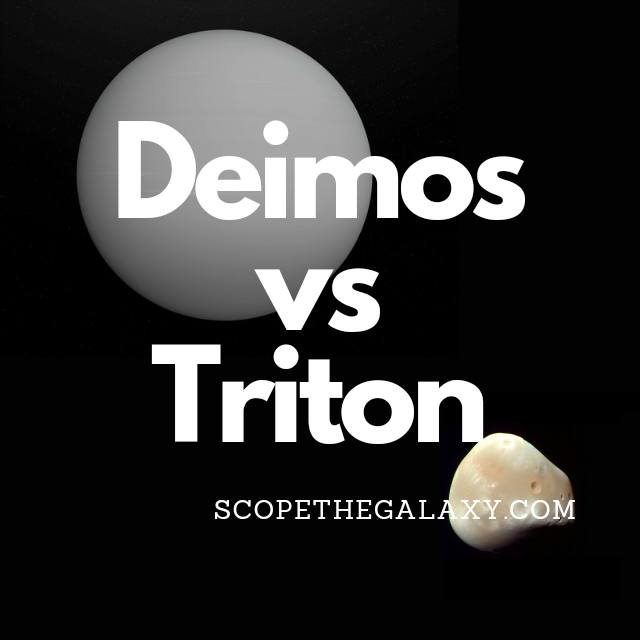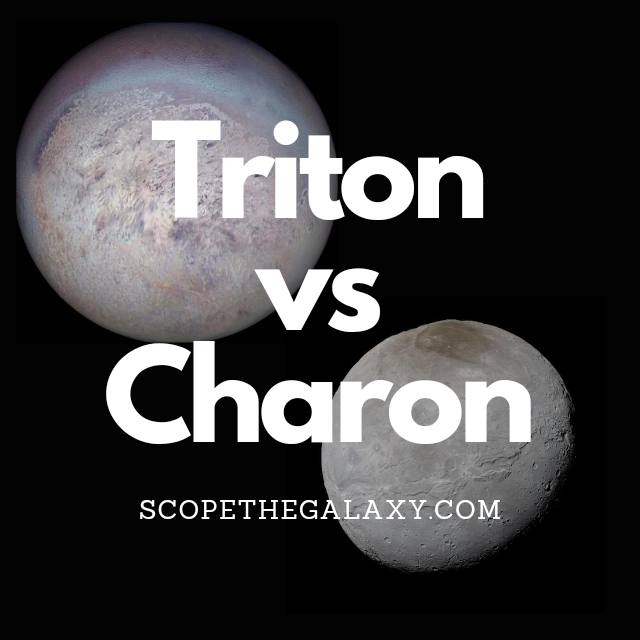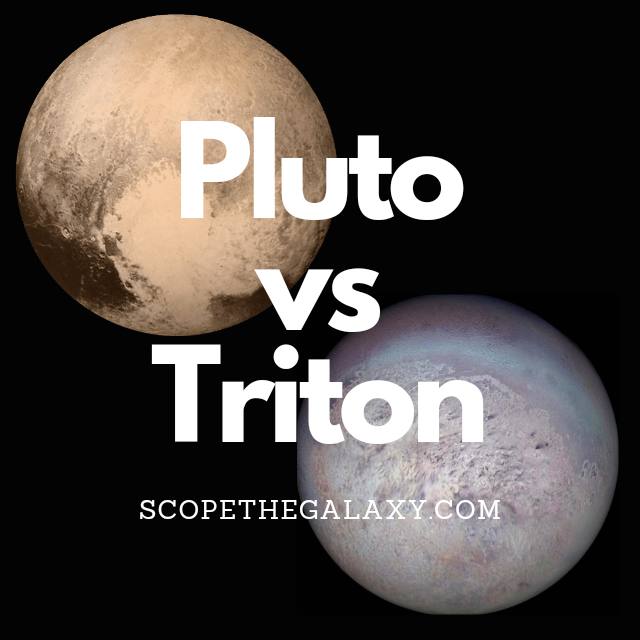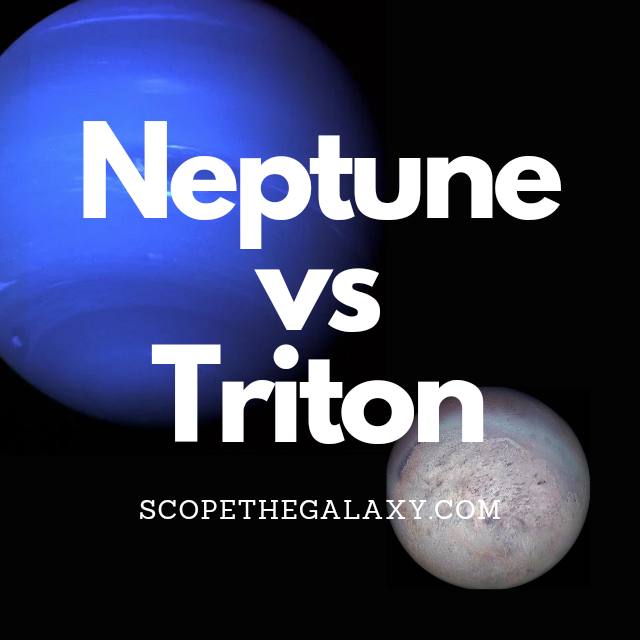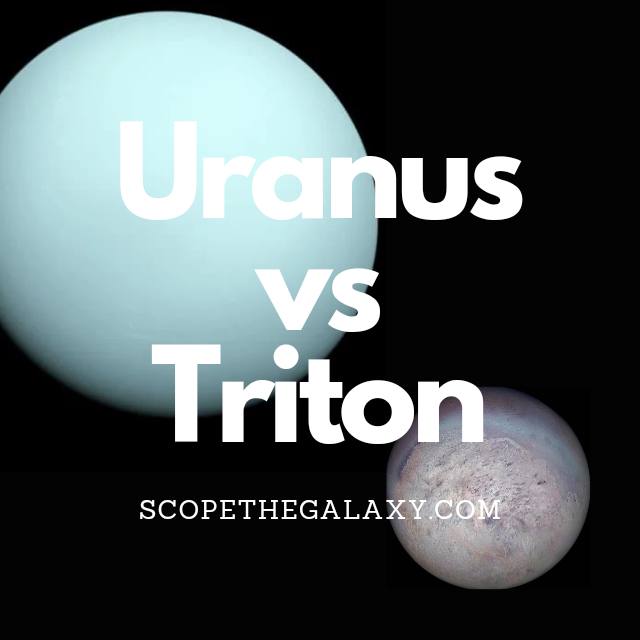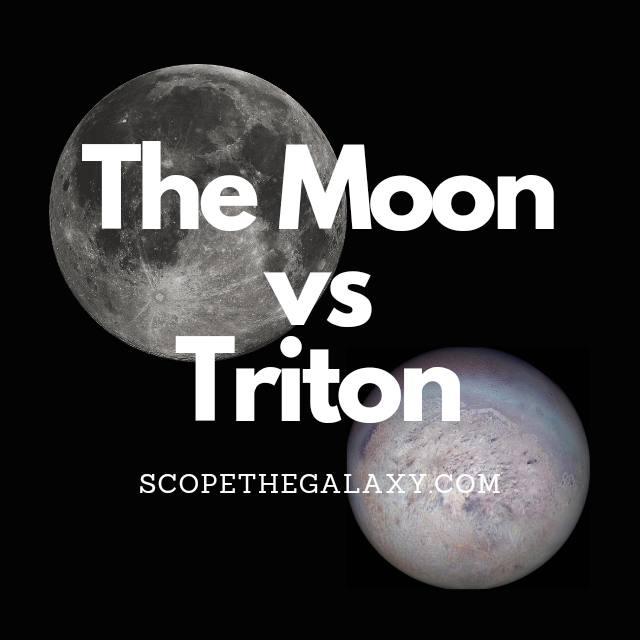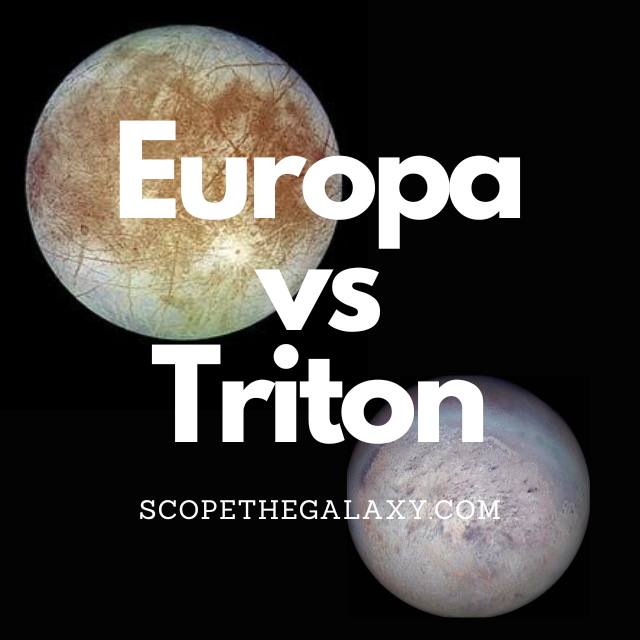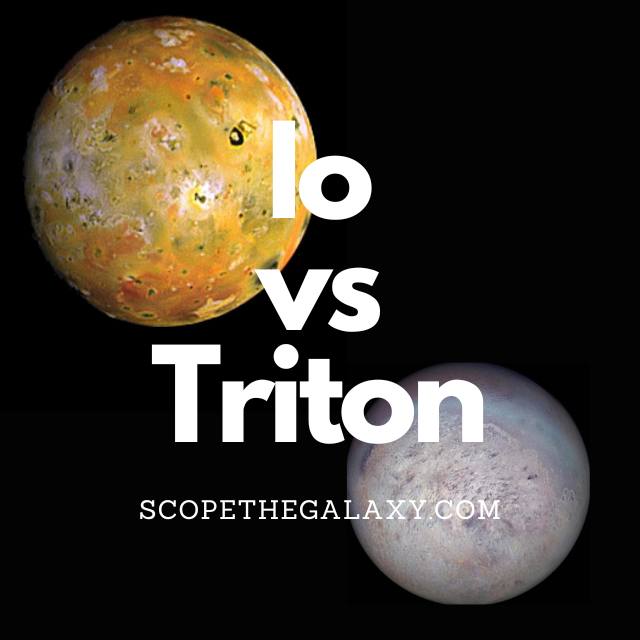Deimos vs Triton (How Are They Different?)
The main differences between Deimos and Triton are that Deimos is much smaller with a diameter of 12.4km compared to Triton’s 2,706km, Triton is spherical in shape while Deimos is not and Triton is one of many planets that orbit Neptune while Deimos is one of 2 that orbits Mars. There are various other differences … Read more

